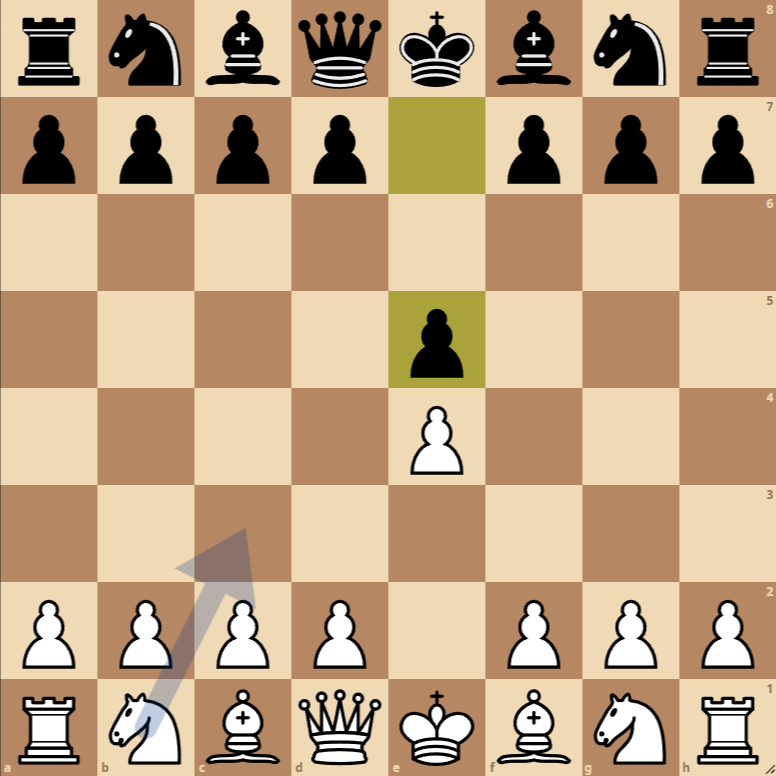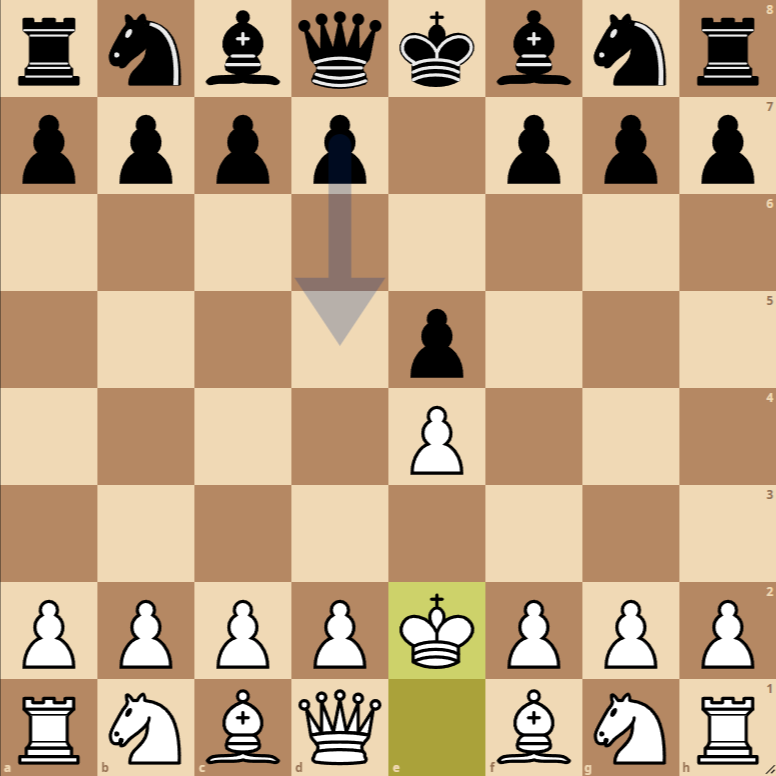How to Play the Bongcloud Opening

The Bongcloud Opening is one of the most controversial and discussed openings in chess. Although it is not considered part of the standard repertoire for high-level play, it has a following due to its humorous and surprising value. Below are the initial moves of this opening:
- 1. e4: White starts by moving their king’s pawn two squares forward, aiming to control the center and pave the way for developing their pieces, especially the queen and the king’s bishop.
- e5: Black responds with the same pawn move, mirroring White’s strategy and contesting central control.
- 2. Ke2: In an unexpected twist, White moves their king one square forward and to the right on the second move. This move is unorthodox and violates several fundamental chess principles, such as efficient piece development and king safety. However, it marks the beginning of the true Bongcloud Opening, signaling a game that challenges traditional conventions.
Variations of the Bongcloud Opening
The Bongcloud Opening has several variations, each with its own focus and strategy. Below are some of them:
The Double Bongcloud
In this variation, Black responds to 2. Ke2 with 2…Ke7, also moving their king forward in a mirroring and challenging display. This move leads to a highly unusual game and is often played for fun or to surprise the opponent.
Reversed Bongcloud
A variation where Black takes the initiative with moves similar to the original Bongcloud, attempting 1…e5 and following with Ke7 after White makes a different initial move. This approach tries to adopt the Bongcloud philosophy from the Black side of the board.
Advanced Bongcloud
A progression of the Bongcloud where, after the initial king move, one of the players tries to aggressively advance their central pieces or pawns to exert pressure and control over the board, maintaining the unusual king position as part of their strategy.

